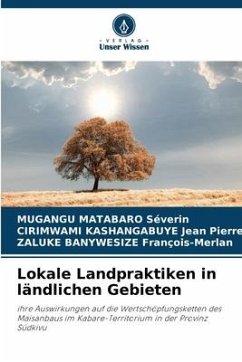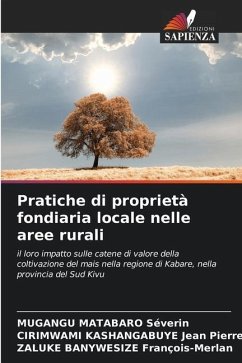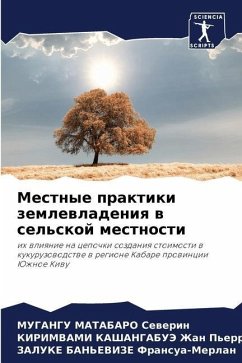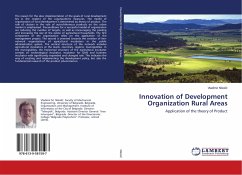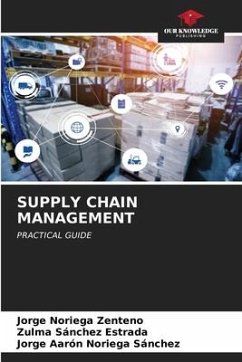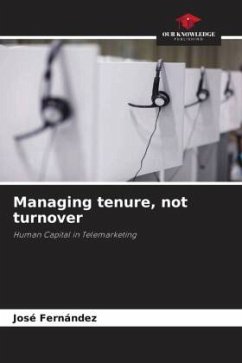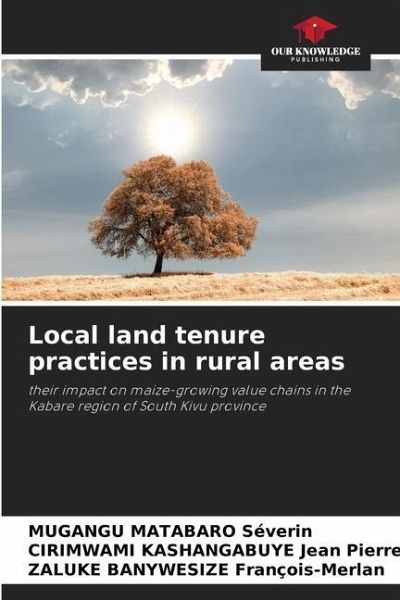
Local land tenure practices in rural areas
their impact on maize-growing value chains in the Kabare region of South Kivu province
Versandkostenfrei!
Versandfertig in 6-10 Tagen
29,99 €
inkl. MwSt.

PAYBACK Punkte
15 °P sammeln!
Land, the main capital of rural farming in the Kabare chiefdom, is now in short supply. The average area farmed by each farmer is estimated at 1h. However, some households have no land at all. The average area set aside for maize cultivation is estimated at 1/2ha per household. Land conflicts are another factor holding back the development of maize-growing value chains (87%). With regard to production factors, in particular agricultural inputs, 56% of respondents do not have access to improved seeds. The fertilizer used is mainly organic (95%), with only 5% of households using mineral fertiliz...
Land, the main capital of rural farming in the Kabare chiefdom, is now in short supply. The average area farmed by each farmer is estimated at 1h. However, some households have no land at all. The average area set aside for maize cultivation is estimated at 1/2ha per household. Land conflicts are another factor holding back the development of maize-growing value chains (87%). With regard to production factors, in particular agricultural inputs, 56% of respondents do not have access to improved seeds. The fertilizer used is mainly organic (95%), with only 5% of households using mineral fertilizer. Farming techniques and methods used for production are essentially traditional (74%), phytosanitary products are not used for maize cultivation (61%) and only 31% use these products for the good development of their maize crop, which results in low maize production, especially as producers do not wait for their crop to mature. Average production per acre is 50 to 100kg (52%).



